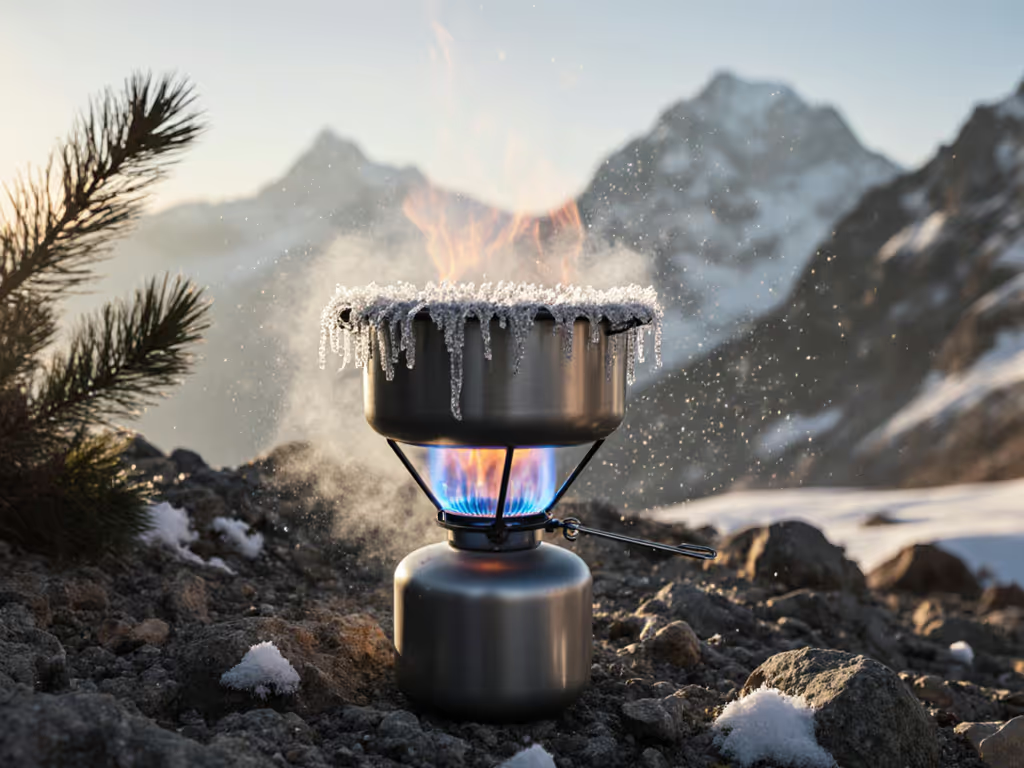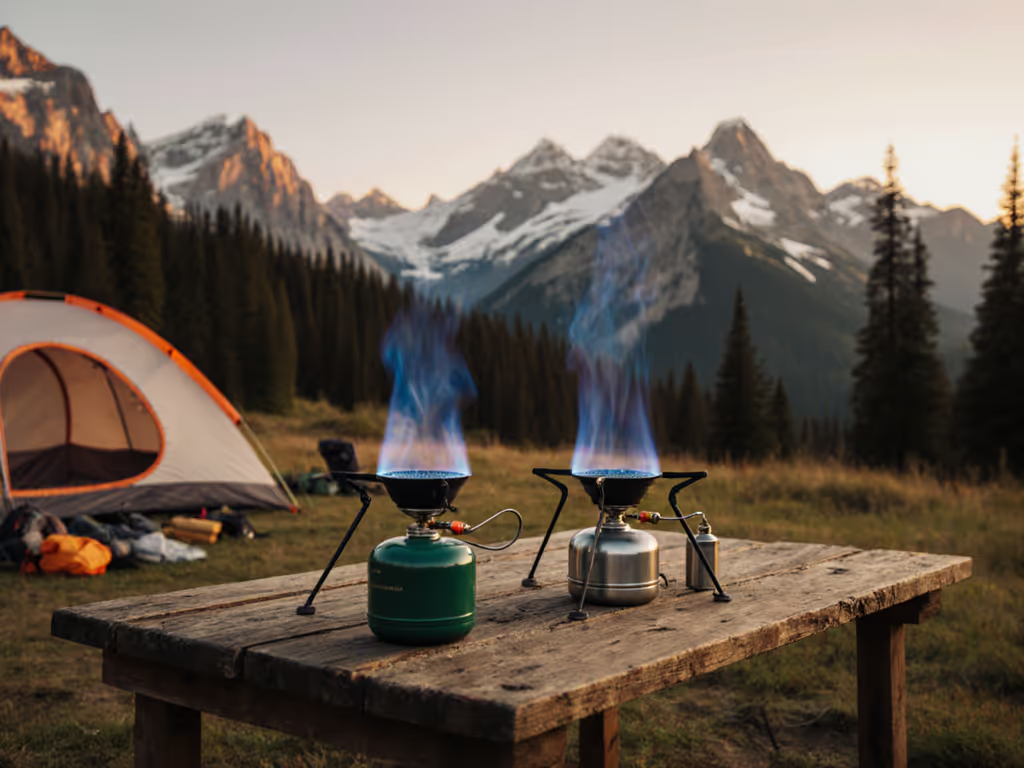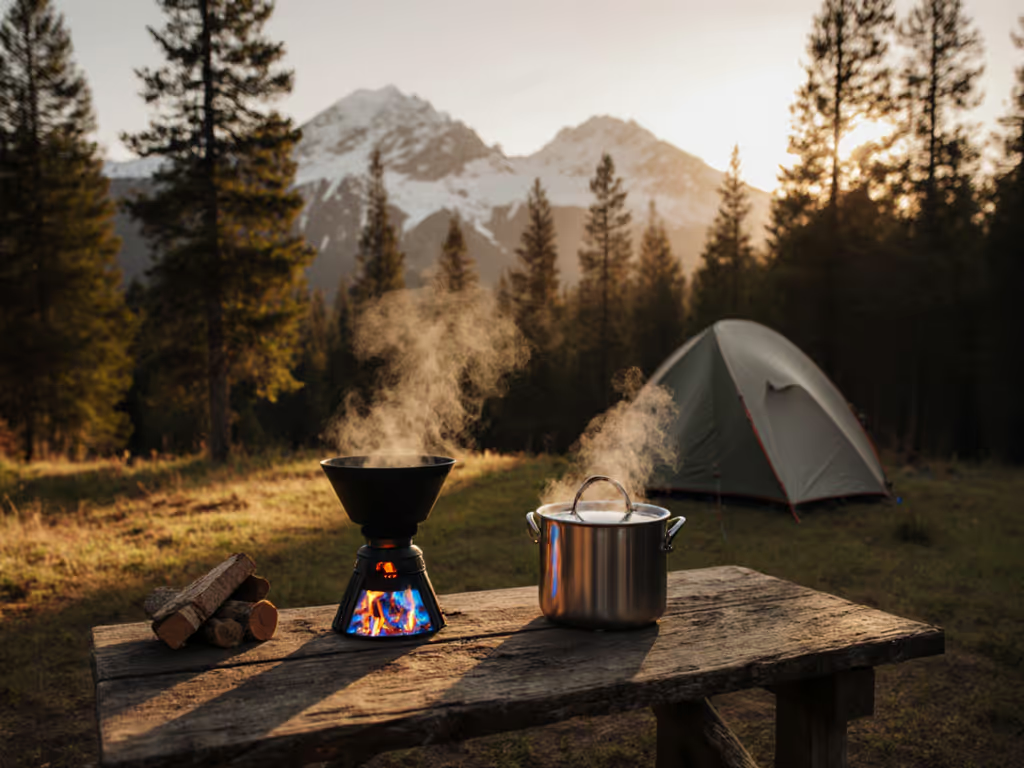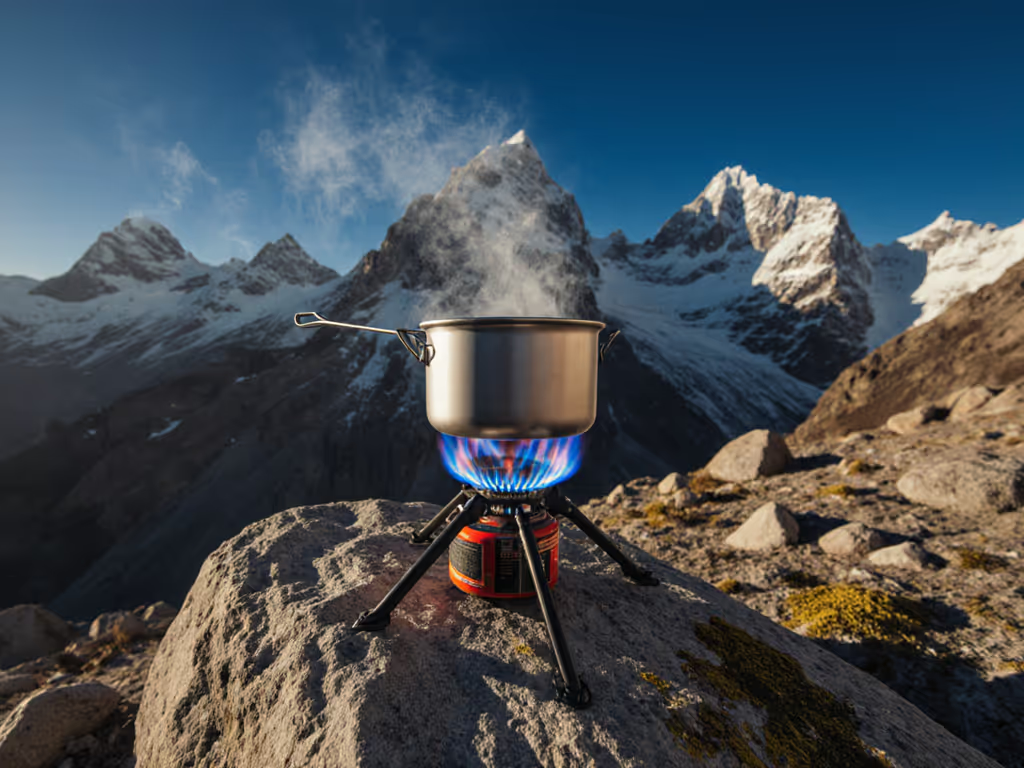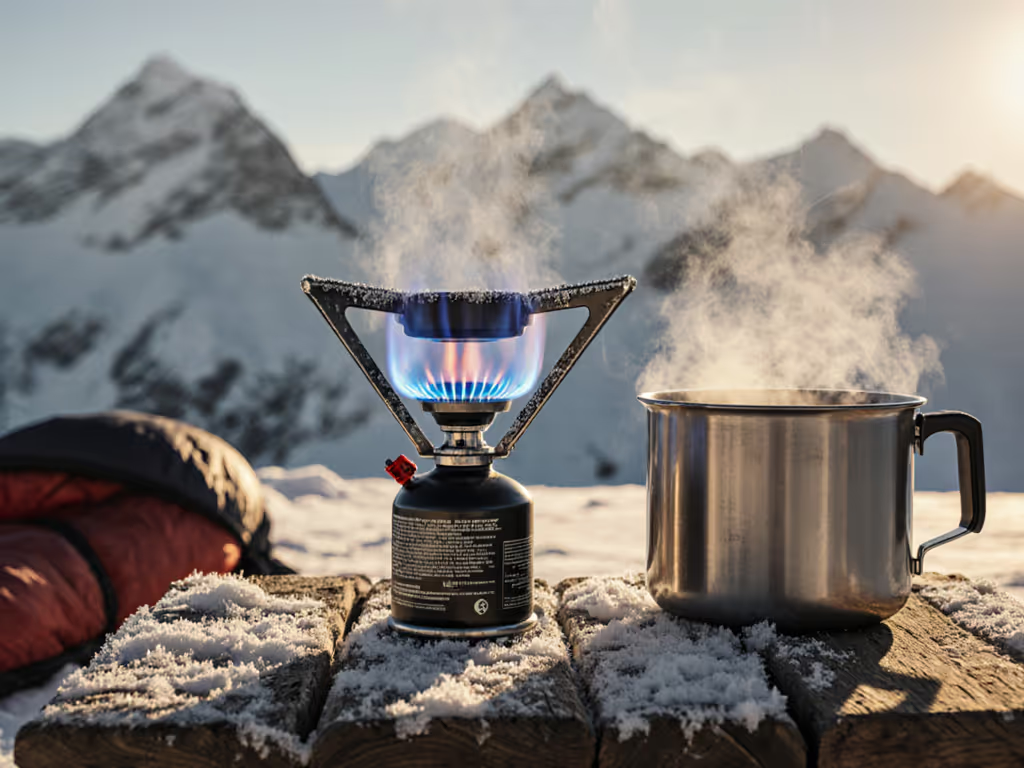
Trip Tuned Stove Lab: The Ultimate Buying Guide for Smart, Safe Outdoor Cooking in Any Weather
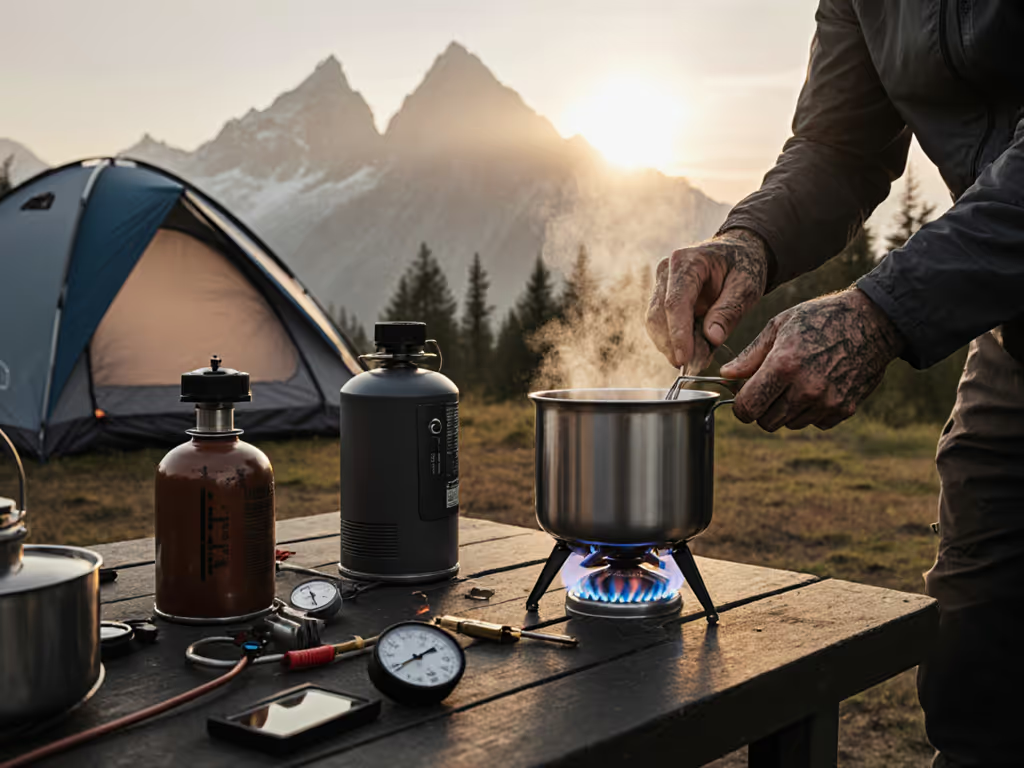
Trip Tuned Stove Lab: Smart, Safe Outdoor Cooking in Any Weather
When a hot meal is the difference between morale and misery, you want more than marketing claims. Heatinerary’s trip tuned stove lab exists for exactly that reason: to help you choose a stove, fuel, and cookware combination that actually works for your route, season, and weather. In simple terms, we translate controlled tests and field data into clear recommendations you can trust. Along the way, you will learn how temperature, wind, and elevation quietly rewrite the rules of outdoor cooking.
In this overview, we explain how stove types compare, what fuels remain reliable in the cold, and which metrics best predict real performance. For season-by-season planning, see our camp stove season guide. We share best practices for safety and efficiency, and discuss typical trade‑offs encountered by backpackers, families, and winter travelers. Most importantly, we describe how Heatinerary’s Trip Tuned Stove Lab translates your trip parameters into tailored stove, fuel, and cookware recommendations to help you assemble a cooking system that is smart, safe, and adaptable.
Why Smart, Safe Outdoor Cooking Starts With the Right Match
Choosing a stove is not about brand loyalty; it is about matching a system to conditions. Wind can double fuel use, cold can flatten canister pressure, and altitude can stretch boil times far beyond expectations. Independent testing has shown that even a modest 10 mph (miles per hour) crosswind can push boil times from under 4 minutes to more than 8 minutes for 1 L (liters) of water. Meanwhile, temperatures below 20 F (Fahrenheit) can cripple upright canister stoves unless you warm the canister or use an inverted design. If you have ever wondered why your friend’s setup outcooks yours on the same trip, the answer is usually hidden in those variables.
Heatinerary focuses on what moves the needle most: stove architecture, fuel chemistry, cookware geometry, and user technique. Think of your cooking kit as a small ecosystem. A heat-exchanger pot can cut fuel use by 20 to 30 percent, but only if wind is managed. An adjustable regulator helps maintain flame control at altitude, but only when matched to the right fuel. By treating your kit as a system, you reduce risk, stretch fuel, and cook more real food. That is the difference between surviving on lukewarm noodles and savoring a simmered curry at 10,000 ft (feet).
How the Trip Tuned Stove Lab Works
Our process is straightforward: we test like you travel, then we validate in the wild. The trip tuned stove lab runs standardized boils and simmers at representative temperatures such as around 70 F (Fahrenheit), 32 F (Fahrenheit), and near 0 F (Fahrenheit), then adds wind with calibrated fans to mirror light breezes and gusts up to roughly 20 mph (miles per hour). We also evaluate at sea level and up to high-elevation benchmarks to understand how thinner air affects ignition, flame stability, and cook times. The goal is to see what fails on a bench before it fails on your expedition.
Watch This Helpful Video
To help you better understand trip tuned stove lab, we've included this informative video from Zack D. Films. It provides valuable insights and visual demonstrations that complement the written content.
We measure what matters: time to bring 500 ml (milliliters) and 1 L (liters) to a rolling boil, grams of fuel per liter, and simmer stability over 10 minutes. We assess ignition reliability, stability under tilt, pot support strength, and cold-start behavior. Then we cross-check results outdoors on a range of routes, from breezy coastal bluffs to subalpine basins. You get plain-language insights backed by repeatable numbers, which turn into personalized recommendations. If you plan a shoulder-season loop with nightly lows around 25 F (Fahrenheit) and frequent gusts, you will get a different stove and fuel match than a midsummer ultralight trek in calm conditions.
Stove and Fuel Types Compared for Any Weather
Different stoves and fuels excel under different constraints. If you pack ultralight and cook mostly by boiling, a compact canister stove can be perfect. If you guide winter groups, liquid fuel may be safer and more predictable in deep cold. The table below summarizes common options so you can quickly align your expectations with reality. Notice how temperature range, wind handling, and simmer control shift across categories, and pay attention to safety notes regarding CO (carbon monoxide) and stability.
| Stove Type | Typical Fuel | Cold Reliability | Wind Handling | Simmer Control | Typical Weight | Best For | Key Safety Notes |
|---|---|---|---|---|---|---|---|
| Upright Canister | Isobutane/propane blends | Fair down to around 20 F (Fahrenheit) with warm canister | Moderate; add windscreen cautiously | Good with regulator | 70–100 g (grams) plus canister | 3-season backpacking, quick boils | Avoid enclosing the canister; monitor CO (carbon monoxide) in shelters |
| Inverted Canister (Remote) | Isobutane/propane; liquid feed | Good to around 0 F (Fahrenheit) | Better with integrated wind protection | Good to very good | 120–200 g (grams) plus canister | Shoulder season and mild winter | Use preheat tube correctly; stable platform essential |
| Liquid Fuel (White Gas) | Naphtha (white gas) | Excellent well below 0 F (Fahrenheit) | Strong with proper windscreen | Good after practice | 300–400 g (grams) plus bottle | Winter, high-altitude, group cooking | Prime safely; manage flare-ups; ventilate for CO (carbon monoxide) |
| Integrated Canister System | Isobutane/propane | Fair to good; canister warming helps | Good due to pot-windscreen design | Limited to fair | 350–500 g (grams) system | Fast boils, solo trips, windy ridges | Use included stand; avoid full enclosure of the burner |
| Alcohol Stove | Denatured alcohol | Poor in cold; long boils | Poor to moderate | Limited | 20–60 g (grams) | Minimalist, regulations restricting other fuels | Low flame visibility; CO (carbon monoxide) risk in enclosed spaces |
| Solid Fuel Tablet | Hexamine tablets | Fair; unaffected by canister pressure | Poor; needs excellent shielding | Minimal | 10–40 g (grams) | Emergency, backup, ultralight contingencies | Residue on pots; moderate CO (carbon monoxide) |
| Wood-Gas/Stick Stove | Twigs, biomass | Variable; depends on dry fuel | Variable; often poor without screens | Variable | 200–400 g (grams) | Areas with abundant dry fuel; long stays | Local fire rules; sparks; CO (carbon monoxide) and smoke |
Fuel chemistry matters as much as stove design. For a deeper breakdown of propane, butane, and white gas in the cold, read our cold-weather fuel comparison. Propane-rich canisters maintain pressure better in the cold, while isobutane outperforms normal butane at modest cold but still sags near freezing. Liquid fuel stoves sidestep vapor pressure entirely by pressurizing fuel manually. The quick-reference table below maps common fuels to temperature and handling considerations so you can choose with confidence.
| Fuel | Blend/Notes | Works Down To | Behavior | Field Tips |
|---|---|---|---|---|
| Isobutane/Propane Canister | Common 80/20 to 70/30 mixes | Around 20 F (Fahrenheit) upright; lower with inverted stoves | Pressure drops as canister cools | Sleep with canister; use inverted feed in cold |
| Propane (1 lb cylinder) | Car camping systems | Near 0 F (Fahrenheit) | Good cold pressure; heavier setup | Use stable bases and windscreens; mind regulator icing |
| White Gas (Naphtha) | Liquid fuel bottles | Well below 0 F (Fahrenheit) | Manual pressurization; reliable | Practice priming; carry repair kit and spare pump seals |
| Alcohol | Denatured or marine alcohol | Above freezing recommended | Low heat output | Pre-warm fuel; use tight windscreen and lid |
| Solid Fuel Tablets | Hexamine | All temperatures | Stable but slow | Plan for soot; dedicated pot recommended |
Real-World Scenarios: From Ultralight Peaks to Family Basecamps
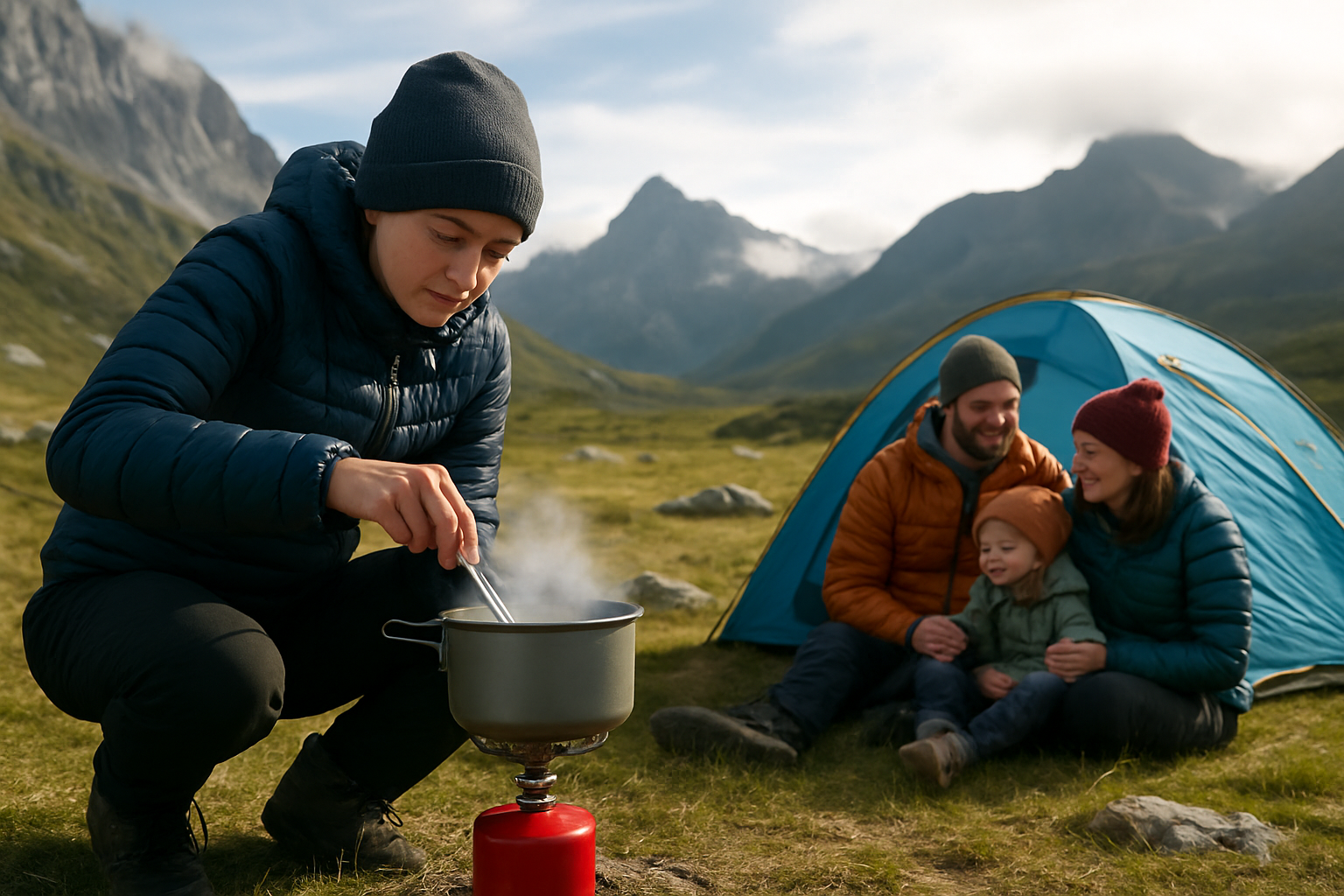
Let us turn lab numbers into decisions. Imagine a 4-day shoulder-season traverse with overnight lows near 25 F (Fahrenheit), steady 8–12 mph (miles per hour) winds, and simple boil-only meals. Here, an inverted canister stove paired with a heat-exchanger pot and partial windscreen is hard to beat. You will spend fewer g (grams) of fuel per liter and avoid mid-dinner flame fade. To match your stove to your travel style, read our backpacking vs car stove systems analysis. On the other hand, a midwinter hut-to-hut ski tour with group meals at 10,000 ft (feet) argues strongly for a liquid fuel stove. Manual pressurization keeps output steady, and wider burner heads support big pots for melting snow quickly.
For family basecamps, stability and simmer control rise to the top. A two-burner propane setup with broad supports and a proper windscreen lets you sauté, simmer, and boil without drama. Get the most from your setup with our essential windscreen and accessories guide. If your park allows only biomass fires, a wood-gas stove can work, but carry a backup solid fuel tablet for rainy days. For ultralight weekenders who mostly rehydrate meals, an upright canister stove shines when wind is managed and canisters stay warm. When the trip shifts to fringe-season or higher elevations, an integrated canister system can protect the flame and deliver predictable boils, even if simmer finesse is limited.
| Scenario | Route & Season | Priority | Recommended Configuration | Cookware Notes | Why It Works |
|---|---|---|---|---|---|
| Ultralight Weekend | Low elevation, late spring | Speed & low weight | Upright canister + small regulator stove | 0.9–1.1 L (liters) pot with lid | Fast boils, minimal mass, easy ignition |
| Shoulder-Season Ridge | Windy, nights ~25 F (Fahrenheit) | Cold reliability | Inverted canister remote stove | Heat-exchanger pot; partial windscreen | Liquid feed keeps pressure; wind protection boosts efficiency |
| Winter Group Snow-Melt | 10,000 ft (feet), subfreezing | High output & stability | Liquid fuel stove with wide base | 2–4 L (liters) pot, lid, ladle | Manual pressure ensures strong flame for melting and cooking |
| Family Basecamp | Drive-in site, variable wind | Simmer & safety | Two-burner propane system | Skillet + 2 L (liters) pot | Broad supports and fine control for diverse menus |
| Regulated-Fire Area | Fuel restrictions | Compliance | Alcohol or canister per rules | Efficient lid; tight windscreen | Meets regulations while keeping meals on schedule |
Every scenario above is the kind of decision the trip tuned stove lab automates. You tell us your route, pack weight goals, expected lows and highs, and what you want to cook. We return a short list of compatible stoves and fuels with cookware pairings that have performed under similar conditions. The result is fewer unknowns and fewer compromises on trail.
Key Metrics That Predict Performance
Numbers are only useful if they answer your questions. We focus on a handful of metrics because they correlate closely with real-world satisfaction. First is fuel use per liter boiled, which tells you how much to pack without guesswork. Second is time to boil under wind, because wind is the stealth thief of fuel. Third is simmer control range, measured by how low and steady a flame can hold a target temperature. Finally, we measure ignition reliability and stability, two qualities that protect you when hands are cold and surfaces are uneven.
Here is how to interpret those results when shopping or comparing your current kit: Fuel Use: Under 10 g (grams) per 500 ml (milliliters) in calm air is efficient; over 15 g (grams) suggests wind losses or pot mismatch. Boil Time in Wind: If a stove takes more than twice as long at 10 mph (miles per hour) wind compared to calm, prioritize better wind protection. Simmer Control: Look for a stable low flame for at least 10 minutes without flicker; regulators improve consistency. Stability: A wide tripod or remote canister base reduces tip risk with larger pots; check tilt tolerance and pot support spread. Ignition: Piezoelectric igniters are convenient, but always carry a lighter or matches as a backup in cold, damp conditions. These yardsticks help you spot strengths and weaknesses quickly. Combine them with your menu and group size to select a system with fewer tradeoffs.
Safety and Efficiency: Best Practices for Cold, Wind, and Altitude
Safety first. Never cook in an enclosed tent vestibule without adequate airflow; CO (carbon monoxide) is colorless and odorless, and even short exposures can be dangerous. For a complete checklist and CO best practices, see our camp stove safety guide. Use stable surfaces, clear flammables, and keep fuel containers away from heat sources. With liquid fuel, practice priming outside at home until flare-ups are rare and controlled. With canister systems, avoid full windscreens that trap heat around the canister. A partial screen or integrated design that vents heat upward helps manage wind without creating a hazard.
For efficiency, think like a chef-engineer. Always use a tight-fitting lid. Shield wind smartly. Match flame size to pot diameter, avoiding wasted heat licking up the sides. A heat-exchanger pot can reduce fuel use notably in wind, but plain pots can outperform in calm conditions because they are lighter and respond faster. At altitude, water boils at a lower temperature, which can lengthen cook times for foods needing sustained heat. Plan for longer simmer times or choose meals that rehydrate well. In deep cold, start with warm water from an insulated bottle and sleep with your canister in a bag to keep pressure up.
Finally, pack a tiny repair kit. A spare O-ring, a multi-tool, and a small dropper of lubricant can save a trip. Liquid fuel pump seals can dry out, and canister stove threads appreciate periodic cleaning. These small steps cut failure risk dramatically, according to both field reports and lab observations.
How Heatinerary Turns Your Trip Plan Into a Precise Cooking System
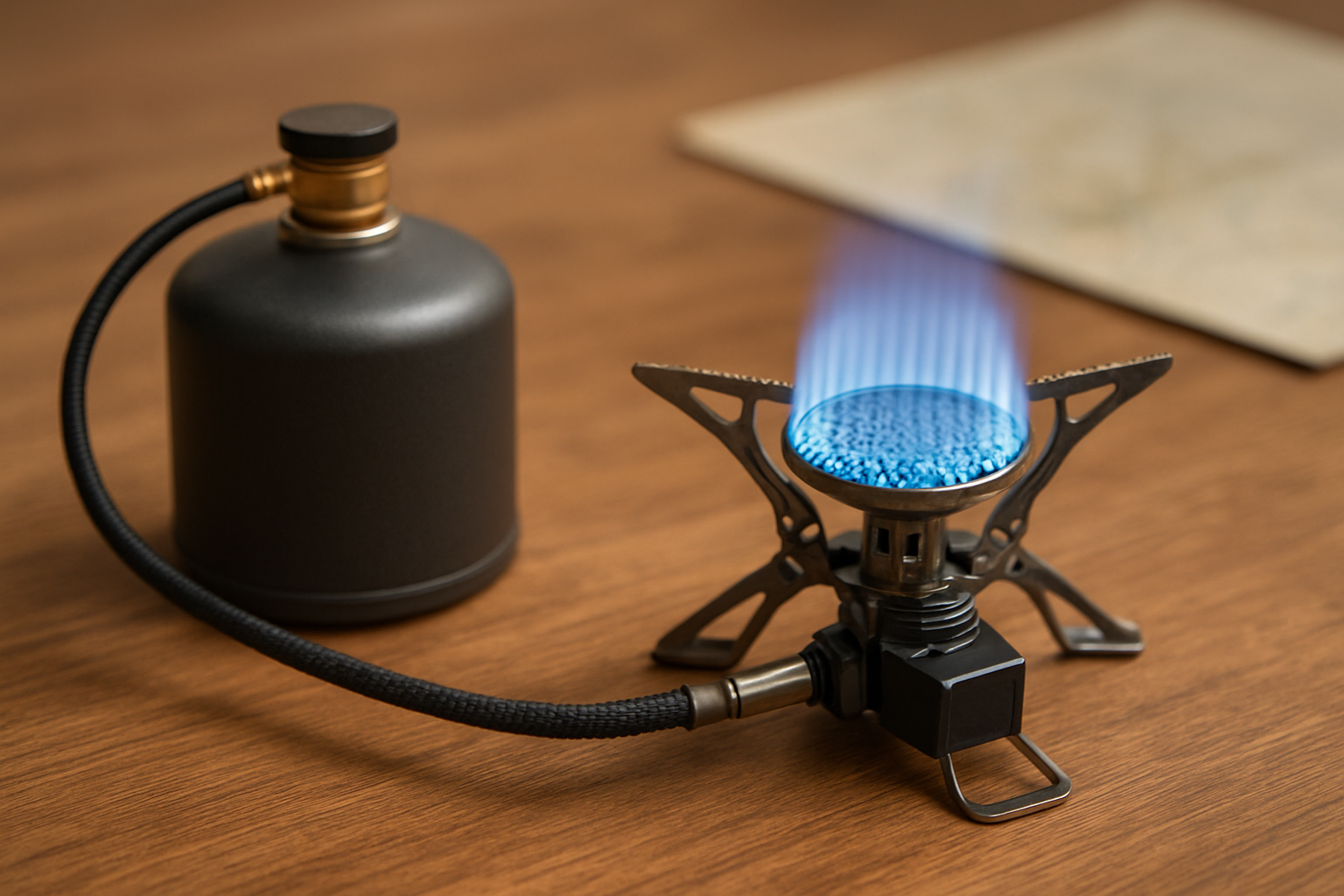
Heatinerary was built to solve a common frustration: you can find hundreds of stove reviews, but very few tell you which setup will succeed on your specific route and in your forecast. Our trip tuned stove lab closes that gap by translating your itinerary into a shortlist of stoves, fuels, and cookware that are proven for those conditions. Heading into a windy shoulder-season traverse at 6,000 ft (feet)? You will get an inverted canister or liquid fuel recommendation with wind management and pot pairing guidance. Planning a family basecamp with ambitious menus? Expect stable, simmer-capable systems and cookware volumes tailored to your group size.
Beyond matches, we publish comprehensive reviews and how-to guides that prioritize cooking efficiency across weather and elevation. We compare stove fuels for subzero performance and highlight expert insights for family and backpacking needs. The output is not a one-size-fits-all list; it is a tailored, evidence-based path to safe, enjoyable meals. And because conditions evolve, we update recommendations using new field data and reader feedback, so your next trip is even smoother than the last.
A Quick Buyer’s Checklist You Can Trust
Use this checklist to stress-test any stove you are considering. If a model cannot answer these questions confidently for your trip, keep looking or ask Heatinerary for a custom fit.
- Conditions: What are your expected low temperatures, wind speeds, and elevation range?
- Menu: Mostly boiling water, or true cooking with simmering and sautéing?
- Group Size: Solo, duo, or family group with multi-pot meals?
- Fuel Access: Will you resupply canisters, carry liquid fuel, or rely on biomass?
- Stability: Will your pot size and weight be safely supported on uneven ground?
- Efficiency: How many g (grams) of fuel per liter does it use in wind, and what pot pairs best?
- Safety: How will you manage CO (carbon monoxide) and heat around the canister or fuel bottle?
- Serviceability: Can you maintain the stove in the field with a small kit?
Answer these, and you will have most of the decision made. Still unsure? Share your route and menu with Heatinerary, and the trip tuned stove lab will do the matching for you.
Here is a final tip that saves time and money: test your complete setup with a real meal in the backyard on a breezy evening. You will uncover quirks fast, from how your lighter behaves with cold fingers to whether your pot grabs the burner supports cleanly. That small rehearsal can halve the surprises you face on day one of your trip, and it mirrors how we validate in the field after the lab.
What Sets Heatinerary Apart
Authority comes from clarity and proof, not hype. Heatinerary brings both. Our recommendations are grounded in data from repeatable scenarios, from calm backyard temps around 70 F (Fahrenheit) to cold-soaked starts near 0 F (Fahrenheit), and winds from 0–20 mph (miles per hour). We combine those runs with real-world outings to confirm what the numbers suggest and to surface failure modes early. Then we translate findings into language you can act on, whether you are thawing fingers on a subalpine ridge or flipping pancakes at a lakeside picnic.
The result is a resource shaped for campers, backpackers, and outdoor enthusiasts who want reliable outcomes. You will find comparison charts that spotlight subzero fuel behavior, expert insights that balance weight with safety for families, and plain-English guidance for altitude adjustments. Most importantly, you can hand us your itinerary and receive a clean, confidence-inspiring match from the trip tuned stove lab. No more guesswork, no more mismatched parts, and no more cold dinners.
Bringing It All Together
Smart, safe outdoor cooking is simple when your stove, fuel, and cookware are chosen for your actual trip, not an average one. With Heatinerary’s testing and real-world validation, you get a system that boils when it should, simmers when it matters, and stays stable when winds pick up. That is the real promise of the trip tuned stove lab, and it is within reach for every hiker, climber, and family camper willing to plan just a bit more deliberately.
Imagine stepping into your next season with a kit that feels as tailored as your boots, from subzero mornings to breezy ridge lunches. In the next 12 months the gear market will evolve, but the fundamentals here will keep paying dividends across routes and weather windows. What will you cook first when your setup finally fits your route, your season, and your style?
Tell us where you are headed and what you want to eat, and the trip tuned stove lab will do the rest.
Additional Resources
Explore these authoritative resources to dive deeper into trip tuned stove lab.
- Emission Testing: Tuning a Stove Like a Race Car | Aprovecho
- StoveBench: A Stove Testing Protocol for Comparing the ...
Plan Smarter Cooking with Heatinerary
Campers and backpackers get precise stove, fuel, and cookware matches with our trip tuned stove lab, ensuring safe, efficient cooking for your route, season, weather, and elevation.

